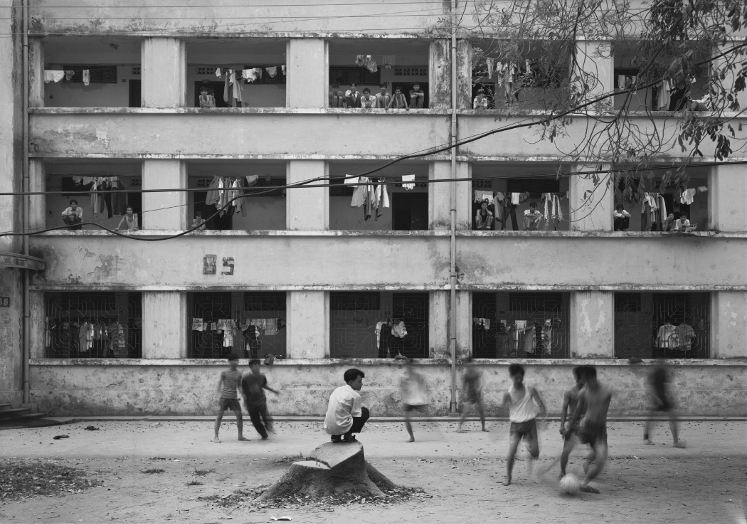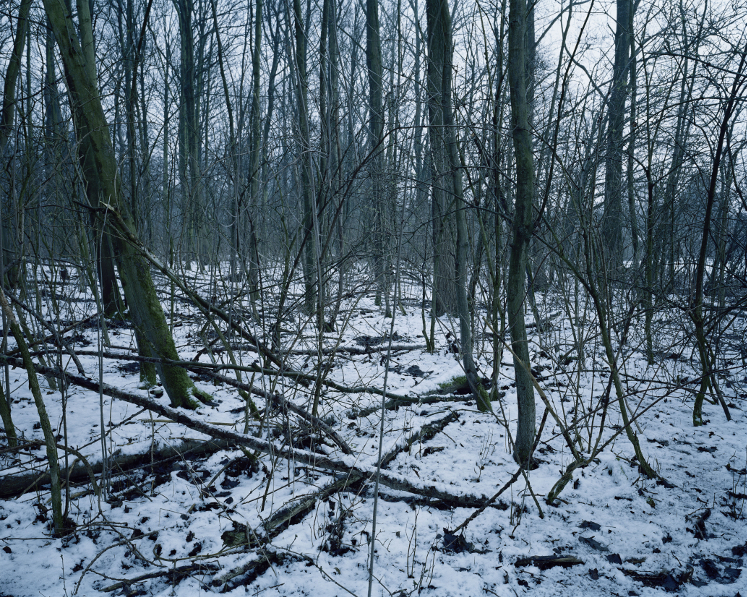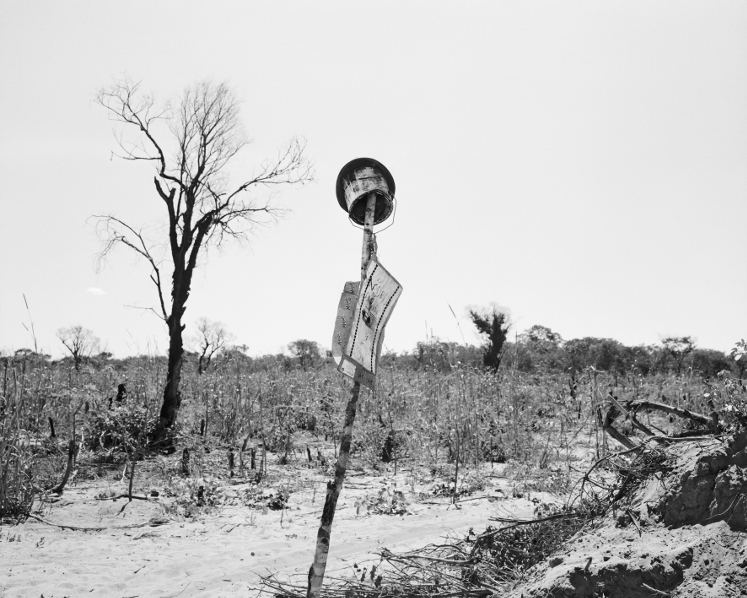What does war leave behind? The Tate lays out a detailed and damning study of war, from mere moments to decades after the act of violence.
According to acclaimed Great Depression photographer, Dorothy Lange, “Photography takes an instant out of time, altering life by holding it still.”
War marches over cities on long, thin legs of smoke. Leaving footprints as craters, it devastates communities and takes apart the innocent like crop for the harvest, and since the invention of the camera, photographers have been there to immortalise the gritty, blood-stained reality.
Lange’s notion of altering our perspective by capturing the important moments, lest we forget them, is very much the philosophy adopted by the Tate in showing us the brutal reality of conflict in the ex post facto format of Conflict, Time, Photography.

From the photos snapped by a patriotic young soldier before Trinity (the first nuclear bomb) blossomed into its prolific mushroom-cloud, to the disturbing images of the skeletal ruins that have seen combat through to the end, this exhibition shows us an equivocal history of war, from mere moments to decades after.
As I crept through the extensive gallery, I was struck by just how many articles had been salvaged from explosive, unpredictable and hostile environments, and from so long ago. In challenging the purpose and functionality of war, this exhibition lays out a heart-wrenchingly detailed history of conflict – from hand-held weaponry and large artillery to the uniforms and their flags, no aspect of war is left unexplored.
It seems the overall purpose of the gallery, beyond merely displaying photographs and memorabilia, is to stretch out a time-line of man’s most barbaric moments, and, in doing so, expose the devil in the details – the death, the demise, the destruction – of every movement, every rebellion, every victory and every loss.


The exhibition also offers a broad blend of lesser known images, such as Simon Norfolk’s Kabul, and iconic collections, including Roger Fenton’s The Valley of the Shadow of Death, which famously depicts the desolate and baron landscapes of post-war Crimea (1855).

Aside from the solemn and remorseful ambience, the most compelling aspect of this exhibition is the profound feeling of gratitude that one is in the safe hands of hindsight. Photography serves to tell man about himself, and nothing quite holds up a mirror like conflict – showcasing both humanity’s best and horrifying worst.
Conflict, Time, Photography is at the Tate Modern until 15th March 2015.


![[Image - Toshio Fukada]](https://www.fqmagazine.co.uk/wp-content/uploads/2015/01/cdbf366d9f51982d2973fefc5c0ec9b1.jpg)





